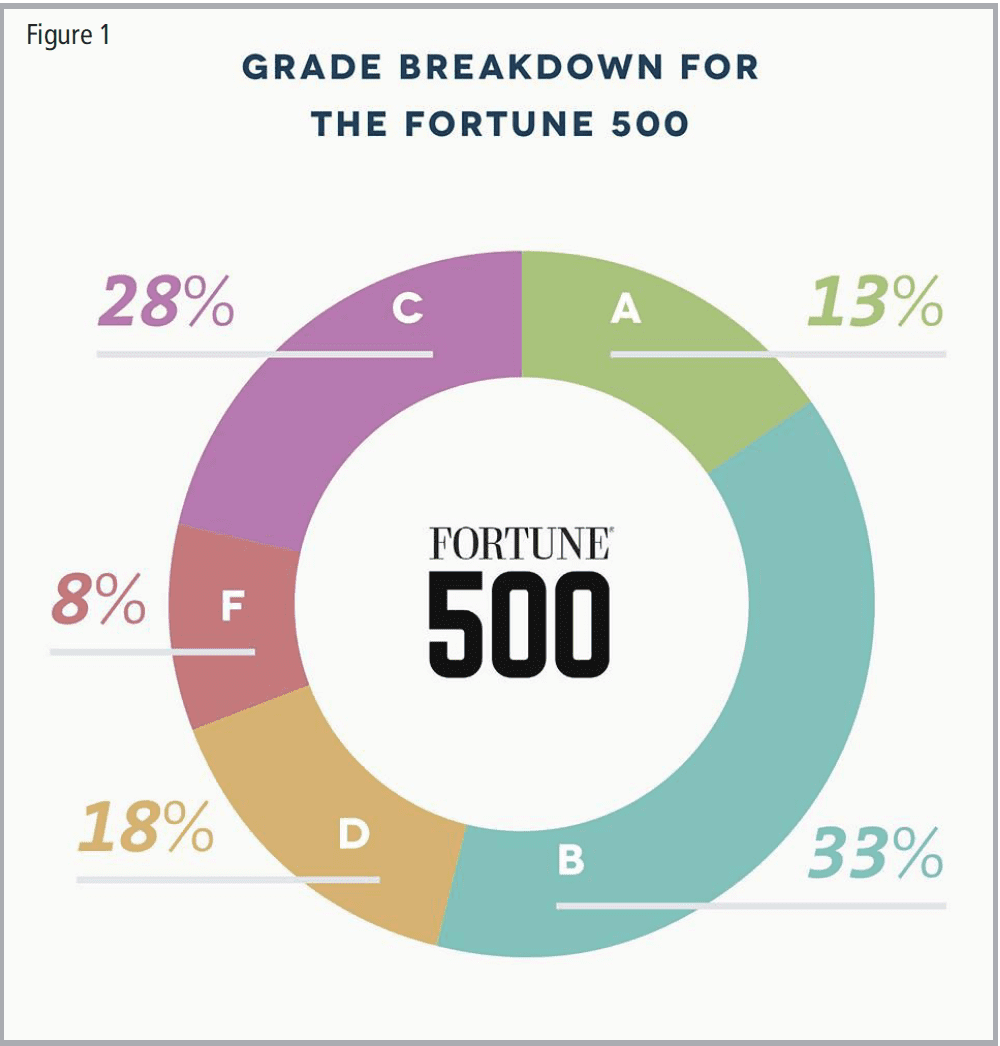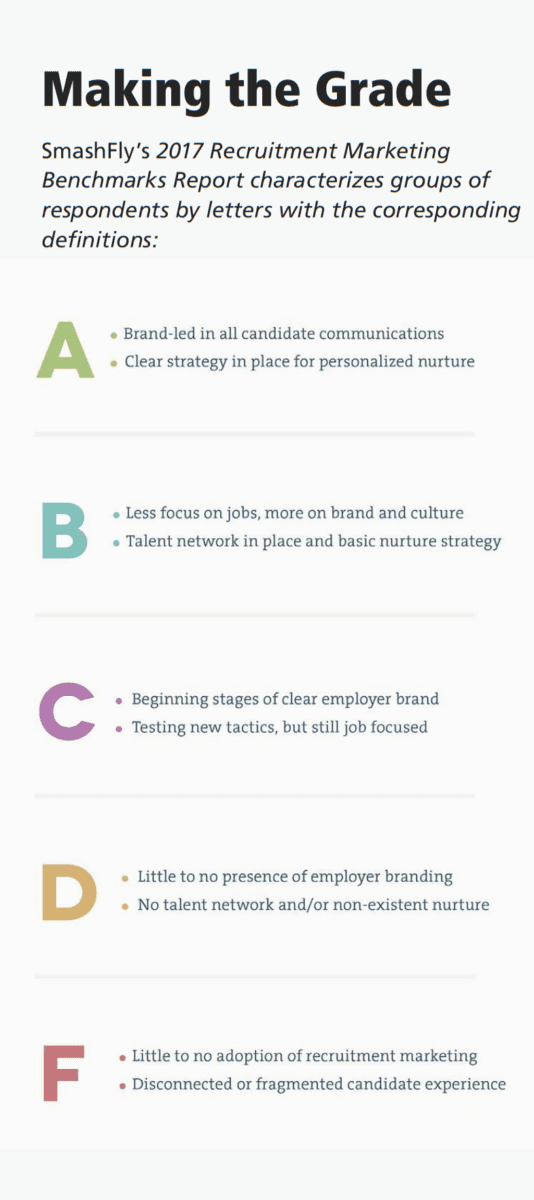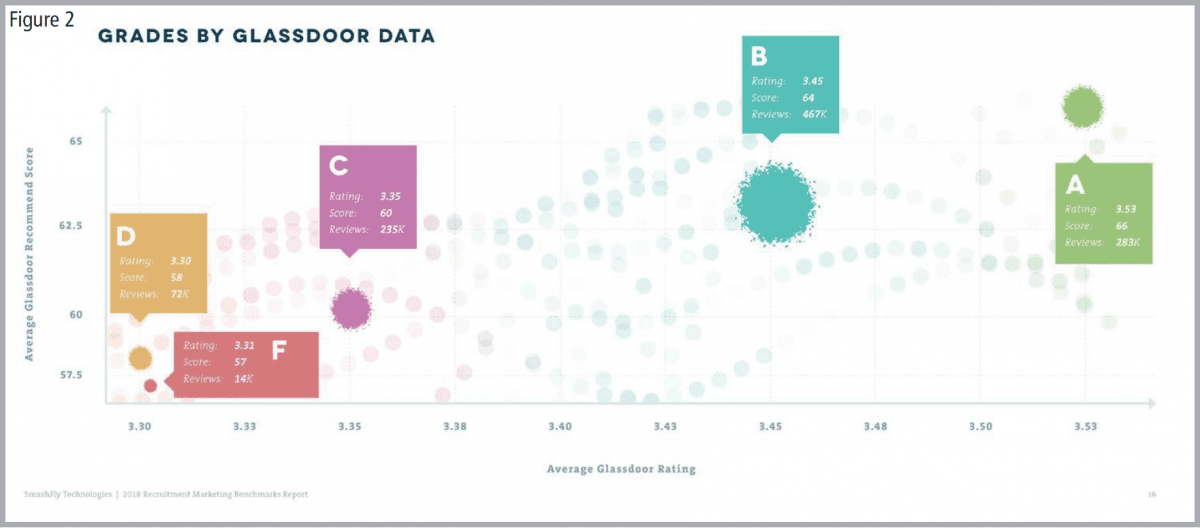New research shows that even with the proven benefits of recruitment marketing, adoption rates are slow.
By Elyse Mayer
The speed of business has accelerated significantly, and it feels like the rate of change in talent acquisition is moving even faster. People, processes, and technologies are in constant flux. In the past few years, talent acquisition has moved closer to a function of marketing for talent, or recruitment marketing. Organizations are currently in a quest to deliver creative, experience-driven strategies to differentiate themselves by their brands and cultures, not merely by their inventory of jobs.
Likewise, talent acquisition teams have also progressed, requiring new skills to support new ways of recruiting. Sourcers and recruiters need to be experience- and metric-driven, with the skills and knowledge to personalize messaging by candidate preference; create talent personas and pipelines; and craft and execute social media and email marketing campaigns.
Recruiting teams have evolved their approaches to attracting qualified talent to a high-touch, omni-channel experience that is more intelligent, more efficient, and more insightful. This has caused the market for specific technologies to expand, including candidate relationship management (CRM) systems, event management automation, and tools powered by artificial intelligence. Industry researchers at Aptitude Research Partners expect that investments in talent acquisition technology will increase from $400 million to $2 billion in the next five years.
The question is: If this is the way the industry has been trending, how far has talent acquisition truly evolved in practice?
Data from Fortune 500 Shows Growth in Recruitment Marketing
Recruitment marketing adoption among top U.S. companies has progressed in the last three years, but with all the change in trends, technology, and talent, there still is a vast amount of opportunity to transform the standard. SmashFly’s 2017 Recruitment Marketing Benchmarks Report analyzed how the Fortune 500 has embraced key recruitment marketing practices since 2015.
Some of the top findings include:
 There are still competitive advantages to be had, even after years of talking recruitment marketing. There has been a 31 percent decrease in “C” scores (average performers) since 2015 and a 70 percent increase in “A” and “B” scores (high performers). Still, A- and B-level achievers account for only 46 percent of Fortune 500 companies (see Figure 1). While publications, influencers, analysts, and vendors are talking about new recruitment marketing strategies year over year, less than half of the Fortune 500 are successful at change and adoption.
There are still competitive advantages to be had, even after years of talking recruitment marketing. There has been a 31 percent decrease in “C” scores (average performers) since 2015 and a 70 percent increase in “A” and “B” scores (high performers). Still, A- and B-level achievers account for only 46 percent of Fortune 500 companies (see Figure 1). While publications, influencers, analysts, and vendors are talking about new recruitment marketing strategies year over year, less than half of the Fortune 500 are successful at change and adoption.
- Marketing-focused recruiting generates better talent, and better talent may equal better profitability. The companies that excel at recruitment marketing strategies (“A”) have 152 percent higher average revenue per year than “F” companies. This doesn’t imply causation: After all, there are hundreds, if not thousands, of variables at play in a Fortune 500 organization. But the story is interesting, and the stark contrast between the “A’s” and the “F’s” leaves room for exploration about how high-quality talent affects profitability.
- High-performing talent acquisition companies focus on building and nurturing relationships. Seventy-six percent of “A” companies have a talent network or community, while this is true of only five percent of “D” and “F” companies. And among “A” companies with a talent network, 89 percent send monthly communication to keep talent engaged, while a scant seven percent of “D” and “F” companies do the same. This reveals a big difference in thinking, strategy, and technology use between high performers and low performers.
- There is a correlation between strong employer brand perception and recruitment marketing adoption. This isn’t surprising, but the data now proves it: The more recruitment marketing a company does, the more likely the company will have a higher Glassdoor rating and recommendation percentage, as well as a higher volume of reviews (see Figure 2).
Areas for Growth
In reviewing the data, the business case for recruitment marketing seems evident, especially from these key findings. However, while more companies than ever are adopting marketing practices, there are still many underutilized tactics across the Fortune 500. Why is that?
It’s clear that the focus of recruiting and talent acquisition is still on the economic supply chain of open requisitions. Despite industry adoption of creative employer branding, proactive talent pipelining, and a stronger candidate experience, recruitment teams are ultimately focusing on jobs that need to be filled. But a job-led strategy fuels reacting to hiring needs versus proactively seeking the right talent. It also means little differentiation against competitors: A job title is a job title is a job title.
Sifting through basic job posts puts the onus on the candidate to try to distinguish which one might give them the best company, people, culture, mission, growth, and purpose. In reality, the onus should be on the company to differentiate themselves through their values, their mission, and their employees. These cultural elements must be communicated through content, stories, and videos -not job requirements.
Over the years, the research study has found that even top companies are still not presenting talent with anything more than the job requirements:
- In 2015, only one percent of the Fortune 500 used videos or images in their job descriptions. In 2017, the adaptation rate remained at one percent.
- In 2016, one percent of the Fortune 500 sent content other than job listings to their talent network. In 2017, this increased to five percent.
- A new criterion added this year revealed that one percent of the Fortune 500 use a career site chatbot to improve candidate experience and answer candidates’ questions about the company.
These statistics may imply that Fortune 500 companies don’t have videos to use in job descriptions or content to send to their talent network -but in fact, many do. Fifty-eight percent of the Fortune 500 share employee stories through video on their career sites, and 53 percent have written employee stories. Plus, 43 percent of companies share content other than job openings via social networks like Twitter. The content is there, but talent acquisition teams aren’t repurposing it for their email marketing and talent network nurture efforts.
The biggest opportunity for talent acquisition leaders is to think more broadly across channels when it comes to their employer branding and messaging. This includes breaking down organizational siloes within their own teams and communicating cross-functionally to deliver a more seamless experience. It’s time for organizations to think beyond the career site and into the channels that will reach talent proactively.
The Path to Recruitment Marketing Excellence
There is a roadmap to a more mature, omni-channel recruitment marketing strategy. High-performing talent acquisition organizations such as CH2M, GE, Aramark, Thermo Fisher, Walgreens, Microsoft, and Intel separate themselves from the pack by thinking proactively and seamlessly across channels, focusing on branding over jobs, building relationships with talent ahead of need, and personalizing the career search experience for key talent personas.
 There is a stark contrast between high performers and low performers across practices such as use of video, targeting content to diverse groups, and leveraging a talent network:
There is a stark contrast between high performers and low performers across practices such as use of video, targeting content to diverse groups, and leveraging a talent network:
- Ninety-two percent of “A” companies feature video employee stories on their career site, compared to 22 percent of “D” and “F” companies;
- Eighty-eight percent of “A” companies feature diversity content on their career site, compared to 43 percent of “D” and “F” companies; and
- Seventy-six percent of “A” companies with a talent network send personalized job recommendations, compared to no “D” and “F” companies.
In addition, more high-performing companies not only offer the option to opt in to a talent network, but they also deliver on their promise to send information. This is extremely important in building trust between companies and candidates. High-performing companies are actively ensuring that the CRM and talent networks don’t become a black hole for talent. Instead, they are building an experience that fuels trust and interest, step by step.
Looking ahead, companies can create a competitive advantage if they invest in -and actually adopt -the right strategies to help them proactively and consistently communicate with candidates about their brands, not just their jobs. And that communication strategy is contingent upon truly understanding candidates’ needs, challenges, interests, and behaviors. Talent acquisition is changing rapidly, and now it’s on the leaders to meet that rate of change with action and adoption.
Elyse Mayer is director of content for SmashFly.















